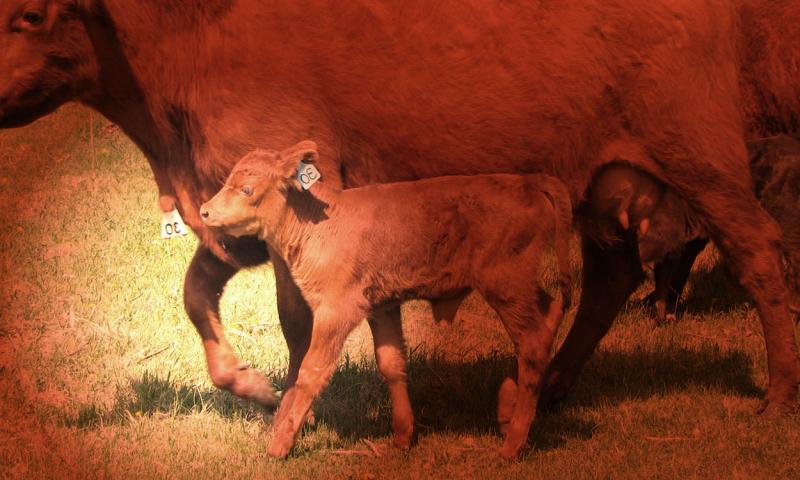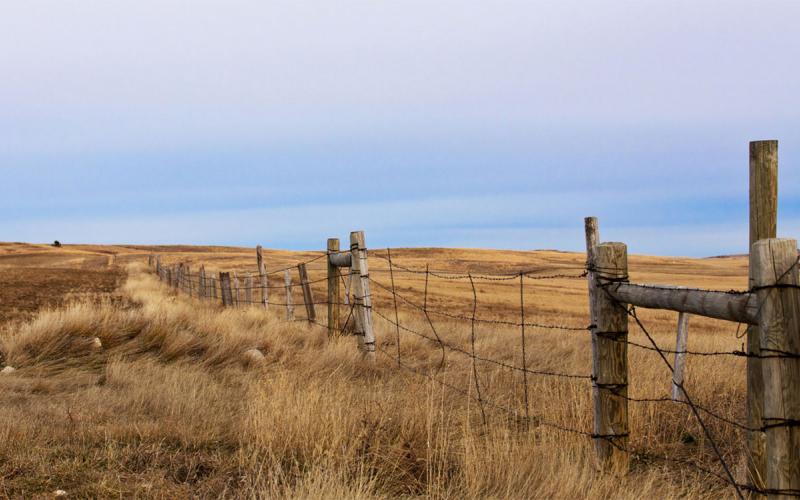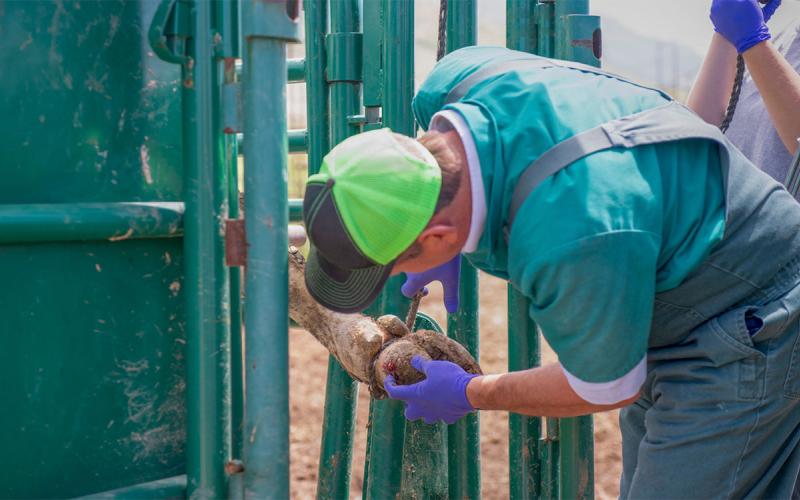
Written with contributions by Heidi Carroll, former SDSU Extension Livestock Stewardship Field Specialist & Beef Quality Assurance Coordinator.
Lameness in cattle is a commonly encountered condition stemming from pain in one or more limbs, which affects not only how the animal moves, but their productivity as well.
Cattle producers understand that lameness is a condition that varies greatly among individual animals. There is a wide gradation of clinical signs, with some animals exhibiting obvious “dead” lameness, while other cases of lameness almost escape detection.
Subtle Cases of Lameness
Let’s start with the trickiest scenario first: subtle cases of lameness. Large animals, especially cattle and sheep, are prey animals by nature. It is not in their natural instincts to easily reveal any weakness, illness or injury to a predator (people can be viewed as predators), and lameness certainly qualifies in this regard. Therefore, animals with even relatively severe musculoskeletal conditions may mask lameness rather well until the condition deteriorates. This poses challenges for producers who wish to detect and treat cases of lameness in their early stages. Additionally, certain conditions that affect the feet and limbs may be rather subtle at first. In fact, researchers, partly in order to quantify lameness and partly because lameness conditions they study may be quite subtle, sometimes resort to technology, such as pressure-sensitive pads that detect minor changes in gait or weight-bearing when the animals walk across them.
Common Symptoms
Of course, these high-tech instruments are not readily found in cattle operations today, so experienced and careful observation becomes important. One of the first observable clinical changes in a lame animal occurs when the animal’s stride is shortened. For example, the normal gait of a calf is that of long strides, with the frontward motion of the rear leg and foot being placed very close to where the same-side front hoof was planted. When an animal is lame in one limb, that limb tends to have a shorter stride than normal. Zinpro Corporation has produced a website that illustrates this well.
Another subtle indication of lameness is observed, not in the limbs, but rather the head of the animal. When the animal plants a painful foot (especially a painful front foot), the animal’s head is often observed to “bob” upward, a distinct difference from a normal gait in which the head stays more or less level to the ground during walking.
As animals become more severely affected and more painful, these signs of shortened stride, head bobbing and arching of the back become more pronounced to the point where an animal will avoid bearing weight on the affected limb.
In the worst cases, the animal will refuse to touch the limb to the ground and will prefer to walk three-legged. This typically means there is a severe problem: an extremely painful situation, a fracture or a dislocation.
Possible Causes
Regardless of the cause, we can assume that animals who exhibit any of the clinical signs described above have one root cause in common—pain. In essentially all causes of lameness, the animal’s gaits are affected, because it is too painful to move in a normal fashion. This pain can arise from anywhere in the affected limb, and the causes are numerous. Pain may arise from an injury to the hoof (a crack or a nail extending into the sensitive part of the hoof wall); a sprain or strain of ligaments, tendons, or joint structures; a soft-tissue injury or infection (such as hoof rot); or a fracture or dislocation of a bone or joint.
As injuries or infections progress from acute to chronic, it is possible that the pain experienced by an animal may dull somewhat due to increased scarring and healing, or potentially due to adaptation by the animal. And it is very common for an animal to “forget” about a painful condition when a stressful situation arises and adrenaline kicks in, for example when an animal flees from a perceived threat. Such animals are in danger of inflicting more damage upon themselves and the handler in such cases.
In Summary
Animal caregivers should recognize that any case of lameness represents a painful condition, and one that should be addressed by proper supportive care and treatment when the first opportunity arises. These interventions are much more effective when the following signs of lameness can be detected early:
- Shortened stride
- Head bobbing
- Arched back
- Obvious limp or three-legged gait
Enhancing early detection of lameness through careful observation and using techniques, such as locomotion scoring, will enable more timely and effective interventions, which will pay off with positive impacts on cattle well-being, health and overall profitability of the herd.


